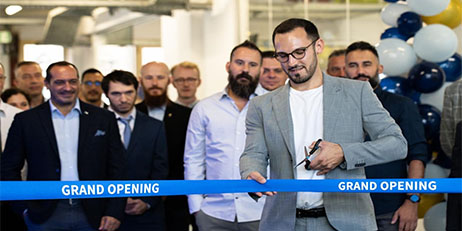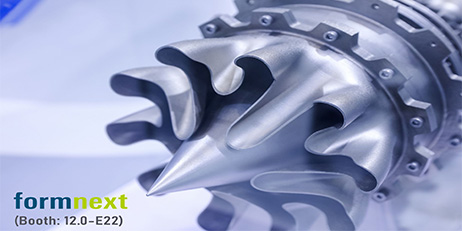The problem of rough surface of 3D printed parts has existed for a long time. At present, there are four solutions commonly used.
1. Finer Powder
This is the most straightforward solution. In order to improve the surface finish, finer powder and smaller layer thickness can be used. This method is well understood.
However, there are some problems with this approach, such as increasing the material cost, which requires a balance between surface finish and cost.
2. Manual Polishing
Manual polishing mainly uses tools such as sandpaper, file, hammer and wire brush to grind parts, so as to make the parts achieve the expected surface finish. It should also be noted that excessive grinding is easy to occur in the grinding process, so the grinding amount needs to be controlled.
This method is only suitable for small and uncomplicated parts. For complex or mass-produced parts, this method is completely undesirable.
3. Sand Blasting
The method utilizes the impact of high-speed sand flow to polish 3d printed parts.
In the polishing process, using compressed air as power, the abrasive materials (such as quartz sand) are sprayed at a high speed to the surface of the 3d printed parts in a closed space, which polish the surface of parts.
The advantage of this method is that 3d printed products can be polished quickly. However, due to the impact force, this method can only be used for the thick 3d printed parts. If the parts are light and thin, they will be directly damaged by the abrasive.
4. Chemical Treatment
This method is mainly used for printing products made of ABS resin, and acetone is usually used as the reagent. The usual operation steps are as follows: put a small amount of acetone in a sealed container, then put ABS parts in the container to suspend or support with a bracket, then cover the container and put it on a heating plate for heating, and then take out the ABS parts to dry after a period of time.
This processing method is very fast, and it can ensure that the 3d printed parts keep their original color. However, the acetone is a toxic and corrosive agent, which should be prevented from excessively corroding part and causing harm to human body.
In addition to the above four commonly used processing methods, there are many other processing methods, but each method has its advantages and disadvantages, and the specific choice should be decided according to the usage.

























